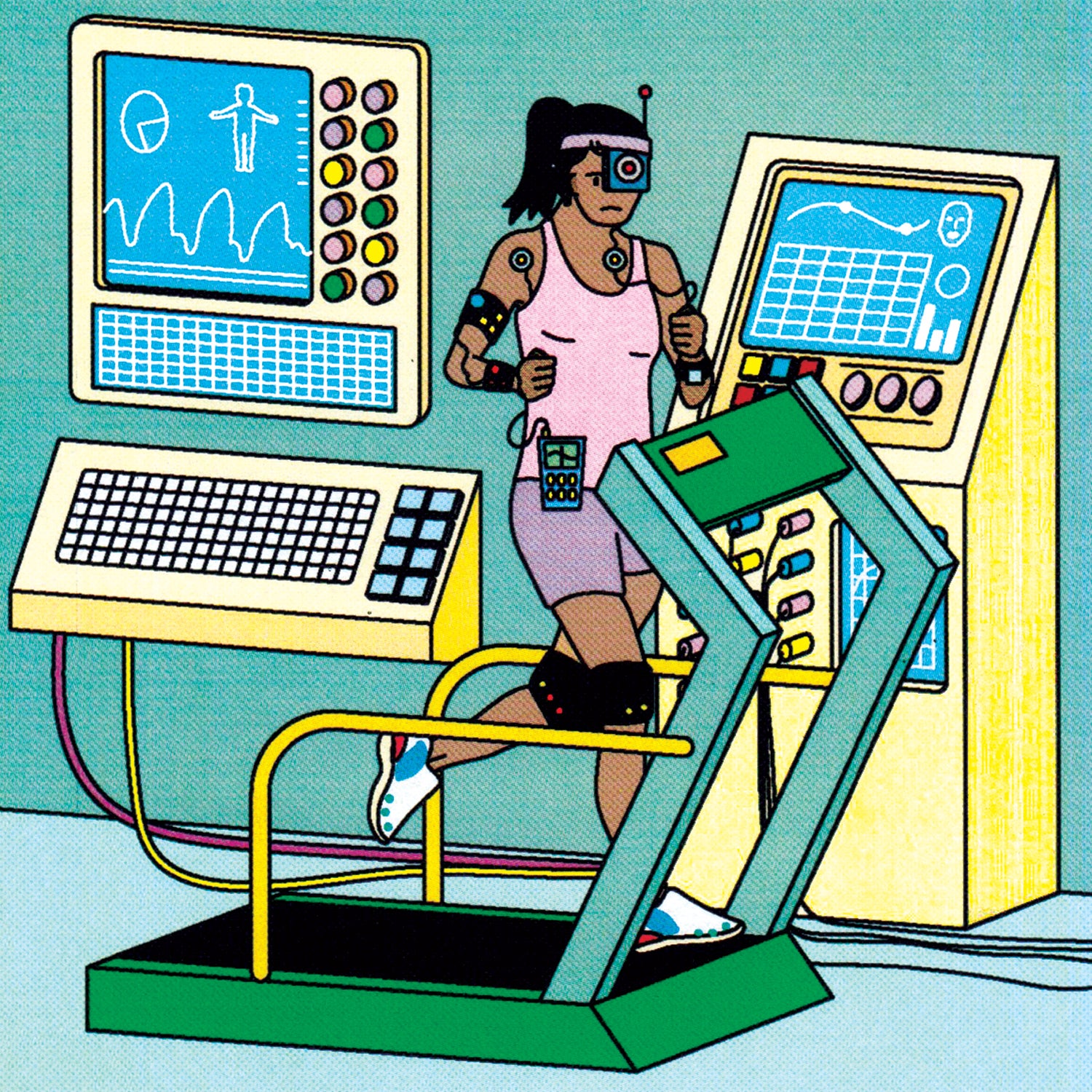Taking care of your body means you can tackle your next adventure sooner. Abigail Stanislaw, a physical therapist in Santa Fe who specializes in sports rehabilitation, answered our most burning rehab questions.
Does cupping work?
Cupping can help mobilize the fascia—the thin connective tissue that surrounds muscles, organs, bones, blood vessels, and nerve fibers—and increase blood flow, which can reduce pain and discomfort. I use it all the time in my clinical practice. Just know its limitations. If you have chronic pain or tightness, you’re likely overutilizing certain muscle groups and underutilizing others. Those imbalances are better addressed with a good training and rehab program. But if your hamstrings are tight because you ran 15 miles yesterday, cupping can offer effective pain relief.
How long should I rest after an intense workout?
There’s no magic number, but a good rule of thumb is to wait until you’re on the downslope of delayed-onset muscle soreness before getting back into the gym. Usually, that’s 48 to 72 hours after a workout. If after three days you’re still sore, it’s likely that you overtrained. And no matter your training status, the more overall stress you have in your life, the more time you’ll need between workouts.
I got to bed late last night. Is it better to sleep and skip my morning workout or get a run in anyway?
Sleep deprivation stresses your body. Cortisol levels, insulin sensitivity, and certain hormones involved in muscle and endurance building get out of whack, which can affect your ability to push hard and recover. If after a late night you exercise first thing in the morning, your body is probably just beginning to register the sleep deprivation—odds are good that those levels haven’t fluctuated to the point where you’ll feel the impact. By evening your body will recognize it, however, so it might make sense to skip the workout then. Bottom line: fitness and well-being aren’t built—or broken—in a day. Overall patterns matter more than a single lazy morning. If you do choose to train, go easy on yourself and listen to your body.
How can I keep my knees in working order for as long as possible?
Do lower-body workouts that encourage glute activation, like clamshells, or weighted exercises such as single-leg squats. Evaluate your movement patterns with the help of a professional to ensure you’re using the right muscles in the right alignment. And do some sort of light cyclic loading—biking, swimming, or other gentle, repetitive movements that keep fluid going through the knees without stressing the joints. Your joints don’t have their own blood supply, and flexing and extending can help lubricate them and protect cartilage.
When I’m coming back from injury, every little twinge feels huge because I’m afraid of getting hurt again. How can I tell the difference between bad pain and a normal niggle?
When returning from an injury, your brain is on high alert—it wants to tell you that something’s up prior to serious discomfort. But don’t stop training with every little adverse sensation. Pain that shows up with certain movements but doesn’t linger after you’ve cooled down is usually OK, and it’s to be expected when you’re rehabbing. Pay attention to intensity. If a patient comes in with pain that they rate a two on a scale from one to ten, I’m not too concerned if certain movements bring them to three or four. But an increase of more than two points is usually a bad sign, as is sharp or stabbing pain and anything above an eight on that ten-point scale.


